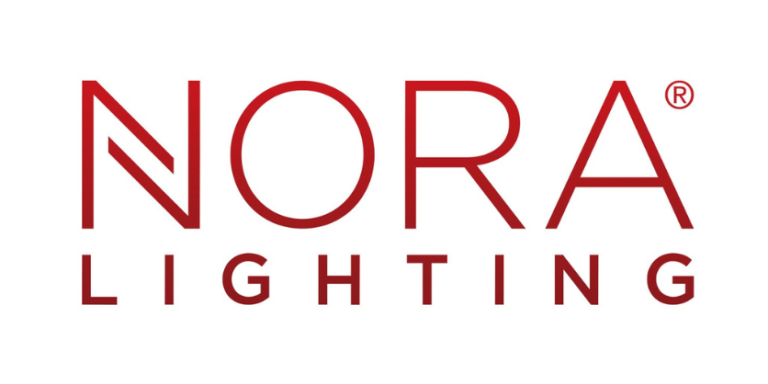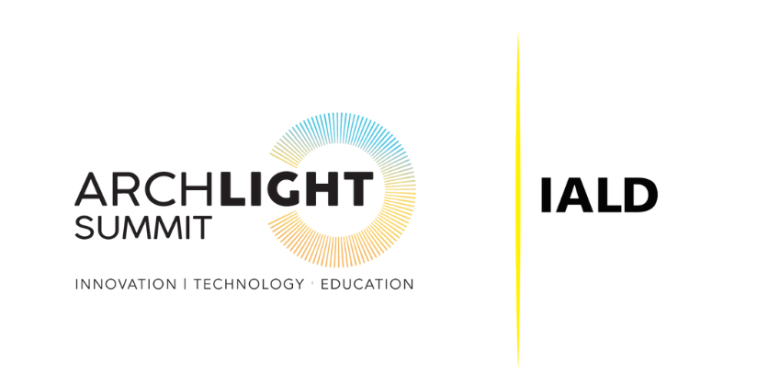The IRA and IIJA Present Unique Opportunities
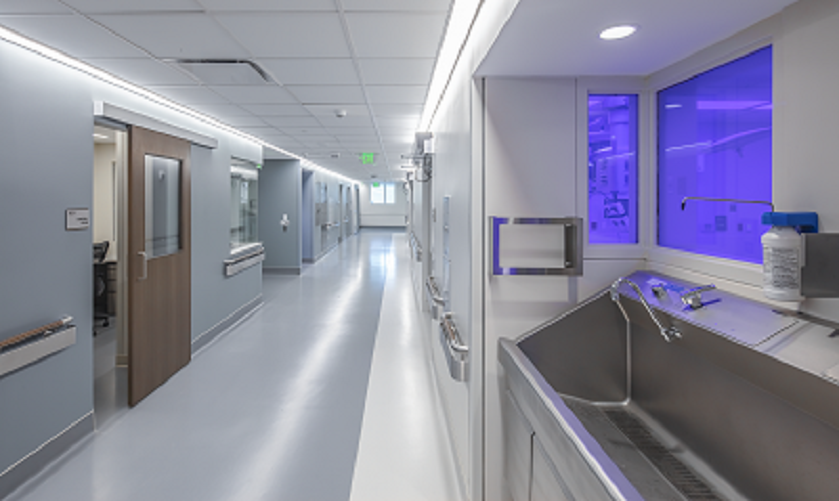
This is the first in a two-part series examining the Inflation Reduction Act and the Infrastructure Investment Jobs Act, and how building owners and facility managers can take advantage of these laws to upgrade existing or new-construction lighting. They also offer manufacturer representatives the opportunity to serve as honest brokers in providing counsel to end-users. The second article will examine the qualifying projects and additional funding resources for the upgrades.
By Bill Blackley, LC
Images reflect potential eligible projects under IRA/IILJA
The Inflation Reduction Act (IRA) and the Infrastructure Investment Jobs Act (IIJA) are two recently passed federal laws that present tremendous opportunities for implementing energy-efficient upgrades, such as new interior lighting systems. But given the intricacies of these laws, understanding how you can take advantage of them for your next project may be daunting. Since many new tax incentive provisions began this year, now is the perfect time to break down the laws’ details – as they pertain to both tax-exempt and for-profit organizations – review what projects qualify, examine funding sources, and determine next steps.
IRA and IJJA Unpacked
The IRA directs nearly $400 billion in federal funding to clean energy, with the goal of substantially lowering the nation’s carbon emissions by the end of this decade. The funds will be delivered through a mix of tax incentives, grants, and loan guarantees.
The IRA is significant for many reasons, not the least of which is that it opens up investment and development opportunities driven by tax credits for tax-exempt organizations, such as K-12 school districts, higher education institutions and hospitals, that were previously unavailable. Prior to this bill being passed, tax credits were generally only applicable to entities such as for-profit corporations that had taxable income to offset. The IRA solves that problem with a new approach to tax credit incentives that is a game-changer for tax-exempt entities. Additionally, the law includes a new direct pay provision that allows tax-exempt entities to monetize applicable tax credits. Exempt organizations can now treat earned tax credits as an “overpayment of taxes” and receive a direct payment from the U.S. Treasury as a tax refund.
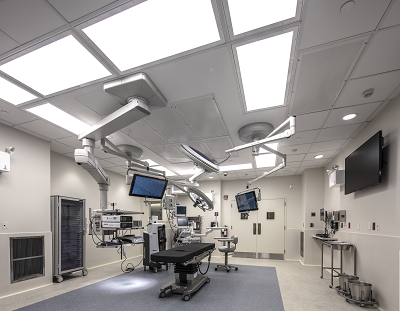
For tax-exempt entities, the IRA direct pay option alleviates a longtime obstacle to participating in climate-friendly activities encouraged by these credits. Before the IRA’s direct pay option, it was more expensive for tax-exempt organizations to take advantage of energy-saving technologies than for-profit taxpayers because tax-exempt organizations generally have little or no tax to offset against tax credits.
Specifically for tax-exempt organizations, the IJJA is another equally significant law that provides $550 billion in federal spending allocated over the next five years. The historic investments include projects ranging from clean energy to broadband and would significantly reframe the future of infrastructure in the U.S. while also supporting schools and tax-exempt organizations to make critical energy upgrades. Funding for IIJA is through grants and loans, some examples are included in this article.
Project Eligibility and Tax Incentives
Both businesses and tax-exempt organizations can now benefit from Section 179D Energy-Efficient Commercial Buildings Tax Deduction for energy-efficient projects. In addition to using Section 179D deductions, companies can use tax credits for upgrades or construction projects. Specifically, Section 148 Investment Tax Credit (ITC) allows building owners to use the tax credit against their own tax liability. In most cases, the credits now carry back three years and forward 20 years. If the owner(s) doesn’t have tax liability or taxable income, then certain credits may be sold to another taxpayer. This concept is known as transferability.
The IRA established a new elective retrofit program as a new alternative deduction for energy-efficient building retrofits, which is taken in the qualifying final certification year. The alternative deduction requires a qualified retrofit plan and is focused on energy use intensity rather than total annual energy and power costs. The alternative deduction cannot exceed the aggregate adjusted basis of retrofit property placed in service.
Most of the IRA tax credits are available through 2032,[1] but it is important to note that both current and future construction projects may be credit eligible. The date construction begins and the date the property is ultimately placed in service are both critical in determining whether the project is eligible for enhanced credit opportunities. It is necessary to carefully review the type of credit being claimed and the requirements specific to that credit.
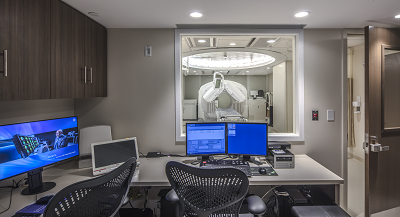
If you’re considering a renovation or new construction, both qualify for the 179D deduction.
Additions such as a school’s new library or a hospital’s new wing qualify based on the efficiency of only the addition, not the efficiency of the entire/existing structure. The IRA changes to 179D removed the partial deduction related to the separate systems, so the deduction is always based on the efficiency of the project as a whole. Buildings that increase their energy efficiency by at least 25 percent will be able to claim this deduction, with bonuses for higher efficiency improvements. The higher level of incentive for large savings is designed to encourage “zero energy ready” projects. In addition, owners can earn 179D benefits every three to four years, as long as a new capital event has led to additional reductions in the building’s carbon footprint.
Bill Blackley, LC, is the Senior Director of Marketing at Kenall Manufacturing, a Legrand company founded in Chicago in 1963. Today, the company creates unique solutions for healthcare, cleanroom/containment, food processing, transportation, high abuse, and correctional lighting markets. Kenall luminaires are designed in Kenosha, Wisc., and comply with the Buy American Act (manufactured in the U.S. with more than 50% of the component cost of U.S. origin).
[1] https://www.bakertilly.com/insights/ira-impact-on-tax-exempt-organizations



